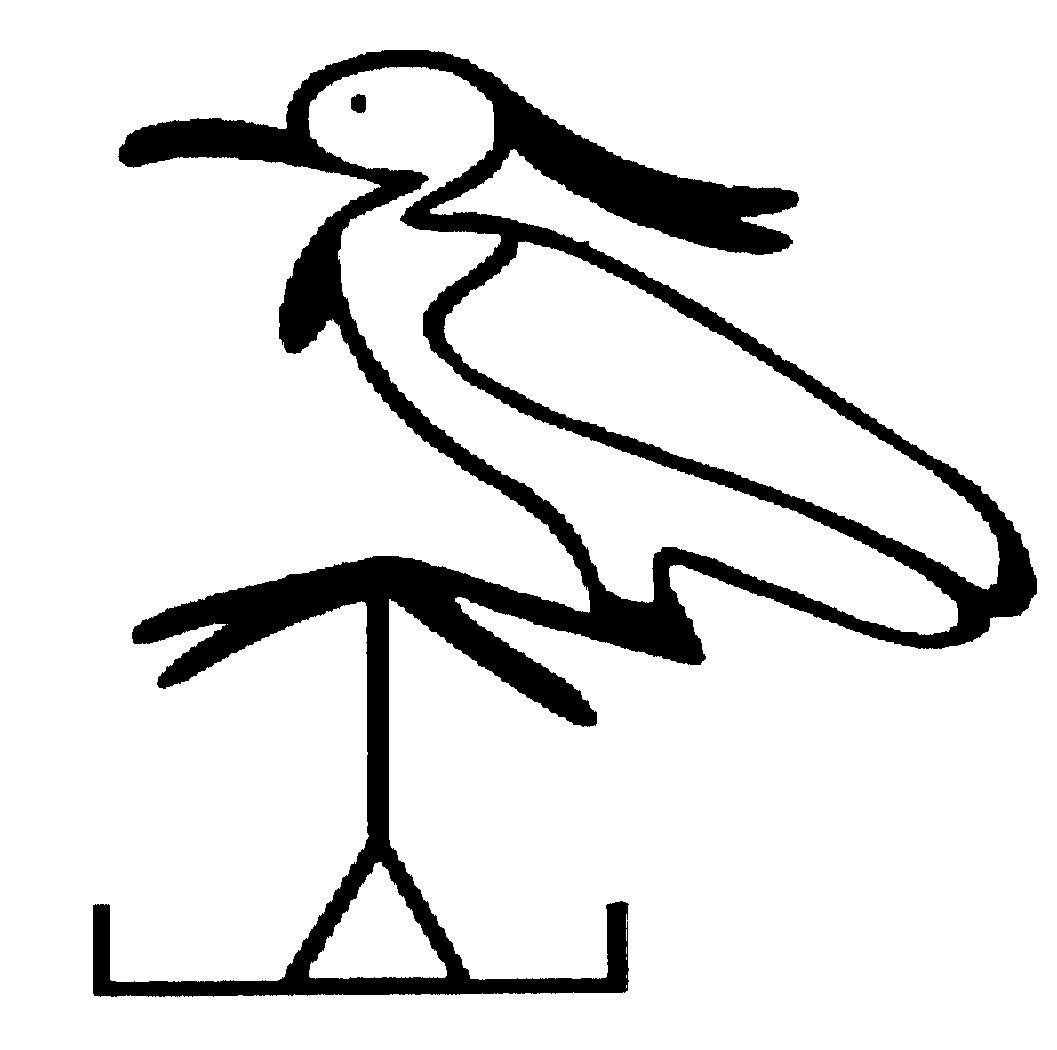|
"The Egyptians called Heliopolis Innu, the pillar, because tradition had it that the Benben had been kept there in remote pre-dynastic times, when it had balanced on top of a pillar of rough-hewn stone. The Benben was believed to have fallen from the skies. Unfortunately, it had been lost so long before that its appearance was no longer remembered by the time Senuseret took the throne in 1871 BC. In that period (the Twelfth Dynasty) all that was clearly recalled was that the Benben had been pyramidal in form, thus providing (together with the pillar on which it stood) a prototype for the shape of all future obelisks. The name Benben was likewise applied to the pyramidion, or apex stone, usually placed on top of pyramids. In a symbolic sense, it was also associated closely and directly with Ra-Atum, of whom the ancient text said, 'You became high on the height; you rose up as the Benben stone in the Mansion of the Phoenix...' Mansion of the Phoenix described the original temple at Heliopolis where the Benben had been housed. It reflected the fact that the mysterious object had also served as an enduring symbol for the mythical Phoenix, the divine Bennu bird whose appearances and disappearances were believed to be linked to violent cosmic cycles and to the destruction and rebirth of world ages." (Hancock)
(Wilkinson) |
